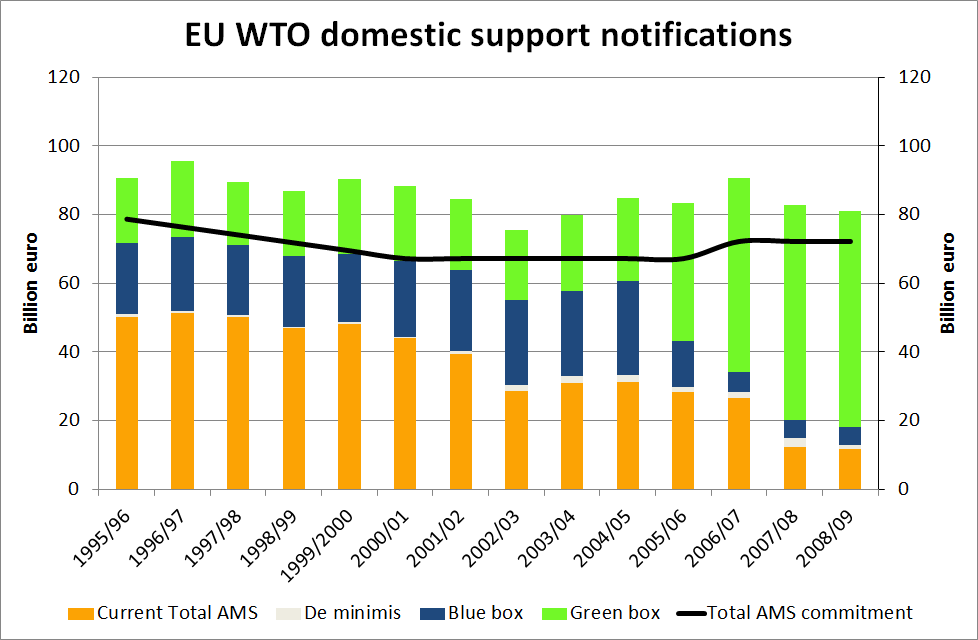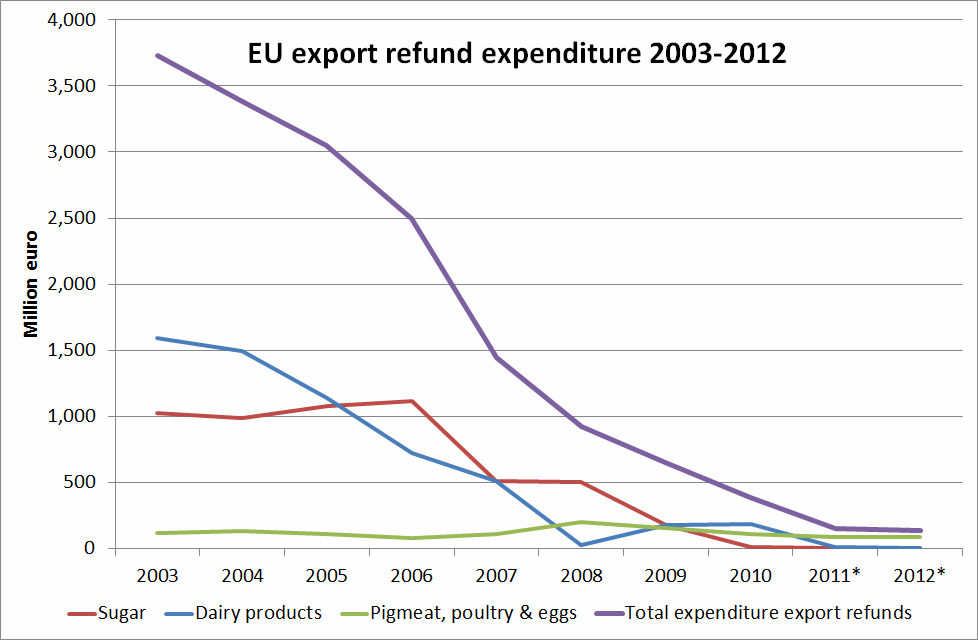On 1 January 2011, 41% of EU-27 population lived in urban regions, 35% in intermediate regions and only 23% in rural regions, as suggested by the latest release of Eurostat. What is more, the population of urban regions grew by 5.2 per 1000 inhabitants, that of intermediate regions by 2.2‰, while rural regions decreased by 0.8‰ in 2010. These figures are based on a revised urban/rural typology, developed by the European Commission, and are valid for NUTS3 regions. Regions are classified as rural, intermediate or urban based on population density and total population.
However, as expected, individual member states differ significantly regarding the share of their rural population.… Read the rest




